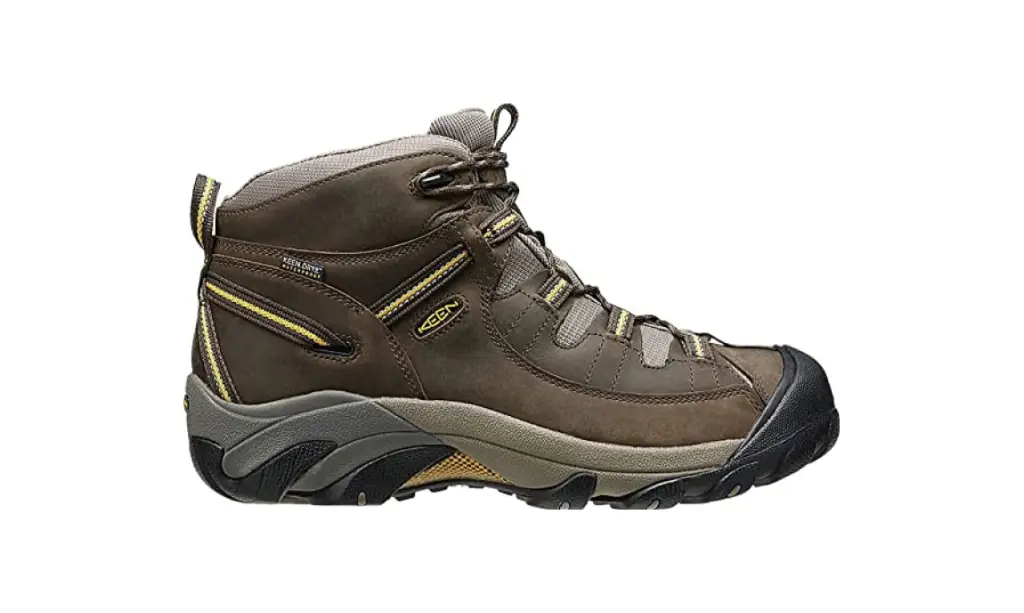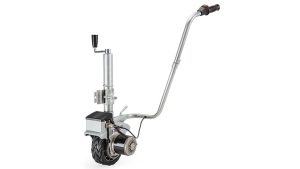When it comes to outdoor footwear, the terms “hiking boots” and “trekking boots” are often used interchangeably. However, there are subtle differences between the two that can impact your choice of footwear for specific outdoor activities. In this article, we’ll explore the characteristics and distinctions that set men’s hiking boots and trekking boots apart, helping you make an informed decision when selecting the right footwear for your outdoor adventures.
Terrain and Difficulty Level
One of the primary factors that differentiate hiking boots from trekking boots is the type of terrain and difficulty level they are designed for. Hiking boots are typically designed for moderate trails and day hikes on well-maintained paths. They provide a good balance between support, comfort, and flexibility. On the other hand, trekking boots are designed for more challenging and rugged terrains, including multi-day backpacking trips and off-trail adventures. They offer additional ankle support, durability, and stability required for navigating uneven surfaces and carrying heavy loads.
Ankle Support
Ankle support is another key distinction between hiking boots and trekking boots. Hiking boots generally feature a mid-cut design that extends above the ankle. While they provide some level of ankle support, it is not as substantial as what you would find in trekking boots. Trekking boots are often high-cut, offering a greater degree of ankle support and stability. This additional support is especially beneficial when traversing rough, rocky terrain or carrying a heavy backpack for an extended period.
Weight and Flexibility
Weight and flexibility play a role in differentiating hiking boots from trekking boots. Hiking boots are generally lighter in weight, making them more suitable for day hikes and less demanding trails. The lighter weight allows for increased agility and freedom of movement. Trekking boots, on the other hand, are typically sturdier and heavier to provide the necessary support and protection for challenging terrains and extended backpacking trips. While they may sacrifice some flexibility, they offer enhanced durability and stability.
Durability and Construction
Trekking boots are known for their durability and robust construction, making them suitable for rugged environments. They are designed to withstand the rigors of long-distance trekking and rough terrains. Hiking boots, while still durable, are often constructed with lighter materials to prioritize comfort and flexibility for shorter hikes. The construction of trekking boots often includes features like reinforced toe caps, protective heel counters, and durable outsoles for increased longevity.
Waterproofing
Waterproofing capabilities are an important consideration when choosing between hiking boots and trekking boots. Hiking boots may feature some level of water resistance, but they are not always fully waterproof. They are designed to withstand light rain and wet conditions encountered on well-maintained trails. Trekking boots, on the other hand, often prioritize waterproofing to a greater extent. They employ advanced technologies and materials, such as Gore-Tex® membranes, to provide superior waterproof protection in more challenging and wet environments.
Intended Use and Duration of Trips
The intended use and duration of your outdoor trips also play a role in determining whether hiking boots or trekking boots are more suitable. Hiking boots are ideal for day hikes and shorter excursions where comfort and flexibility are key. They are well-suited for those who prefer lighter loads and shorter distances. Trekking boots are better suited for multi-day backpacking trips and extended journeys where the terrain is more demanding and the need for durability and support is heightened.
Personal Preference and Experience
Ultimately, personal preference and experience can influence the choice between hiking boots and trekking boots. Some hikers may prefer the flexibility and lighter weight of hiking boots even for longer treks, while others prioritize the added support and stability of trekking boots. It is important to consider your own comfort, experience level, and the specific demands of your outdoor activities when making a decision.
Conclusion
While the terms “hiking boots” and “trekking boots” are often used interchangeably, there are distinct differences between the two. Hiking boots are designed for moderate trails, provide moderate ankle support, and prioritize comfort and flexibility. Trekking boots, on the other hand, are geared towards challenging terrains, offer greater ankle support and stability, and prioritize durability and protection. Consider the terrain, duration of trips, waterproofing needs, personal preferences, and your experience level when selecting the appropriate footwear for your outdoor adventures.







